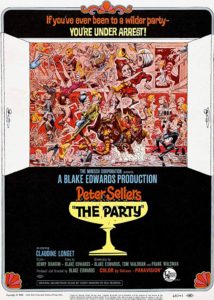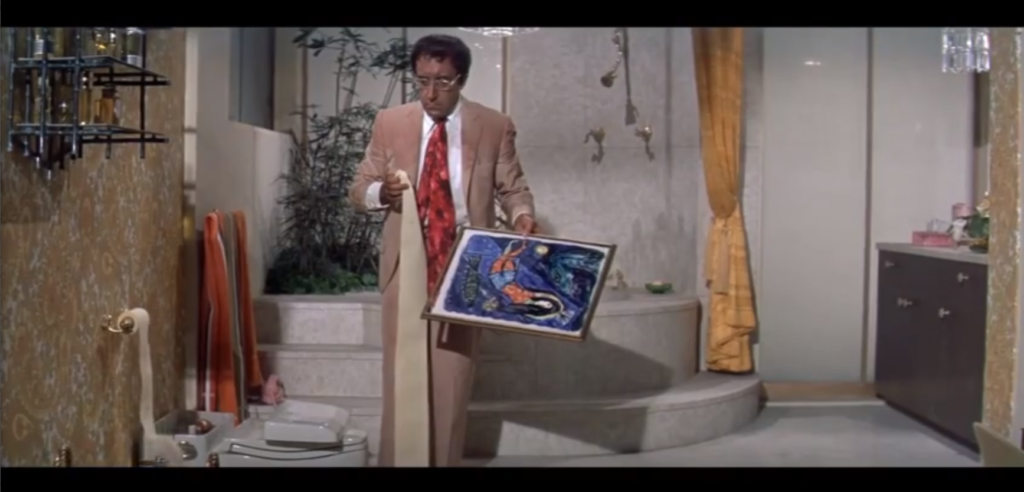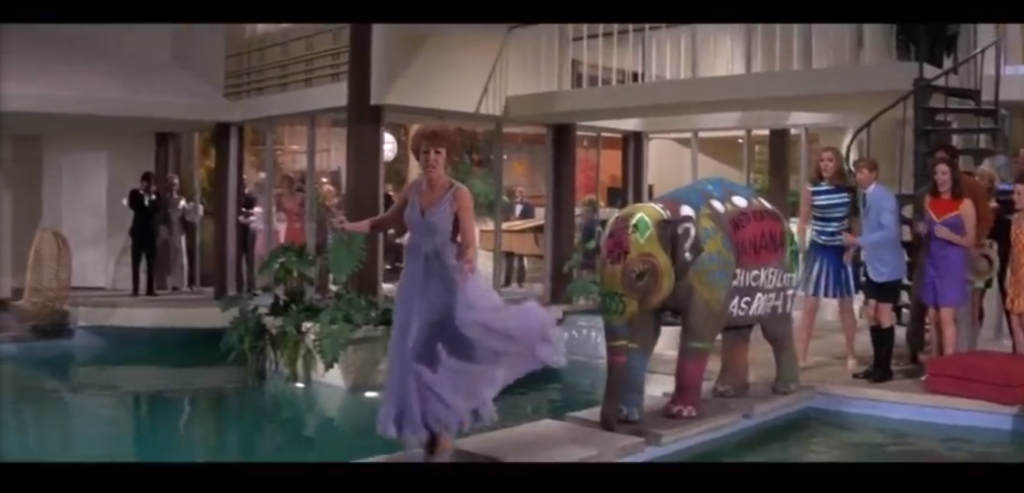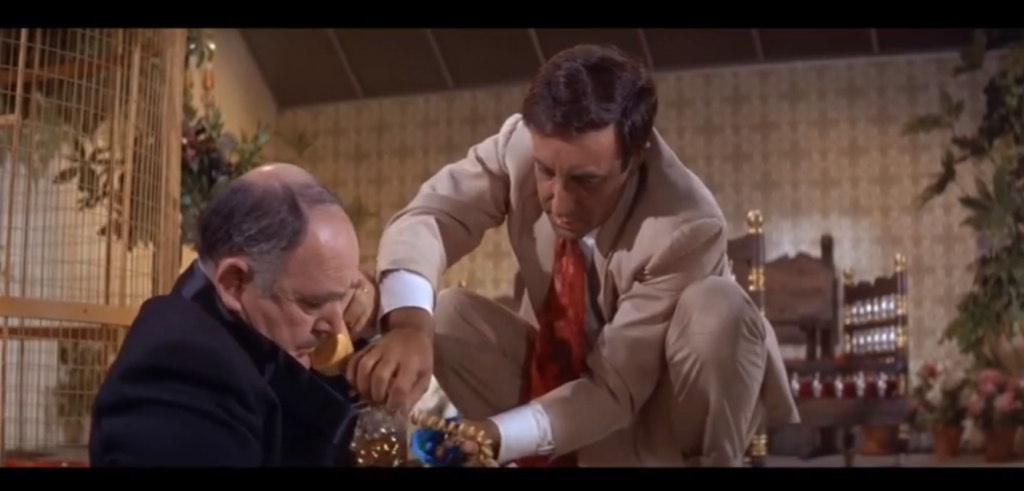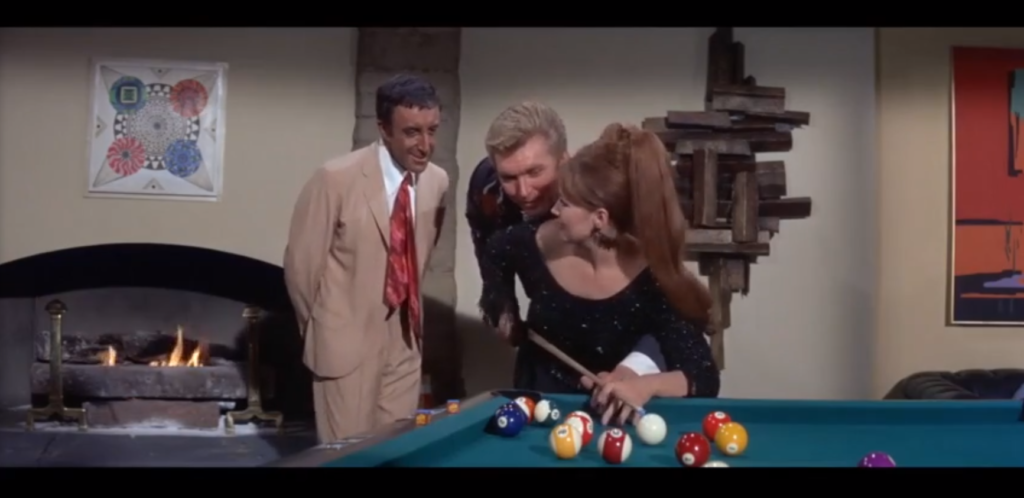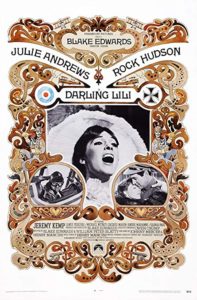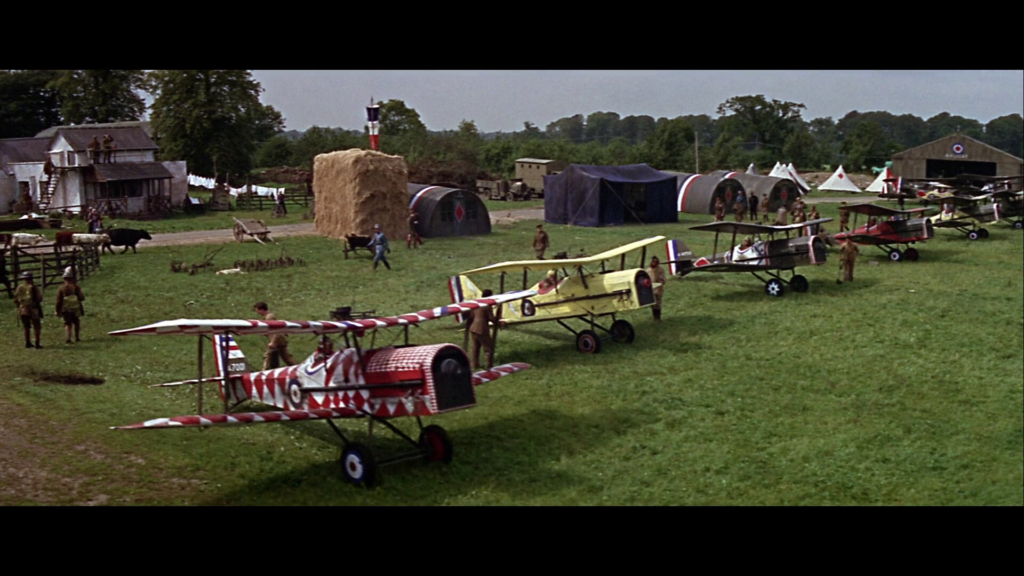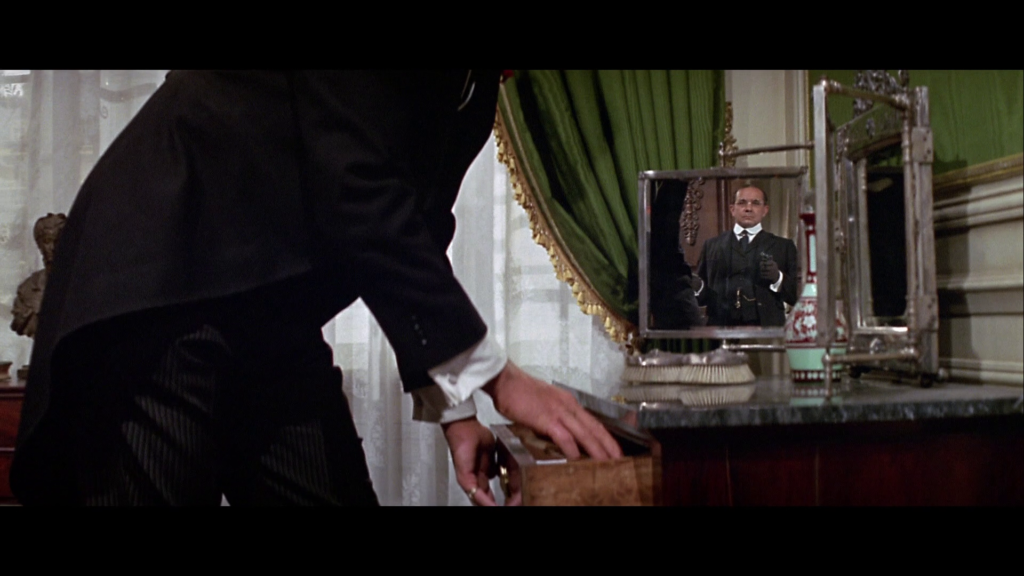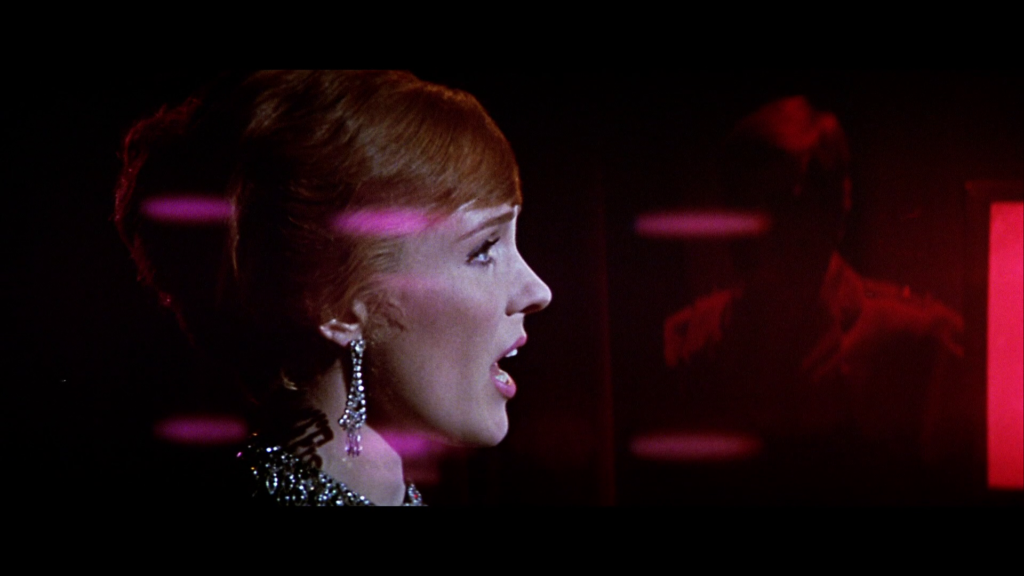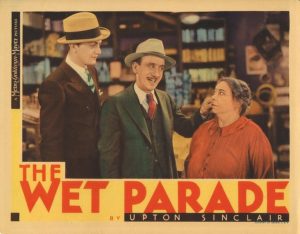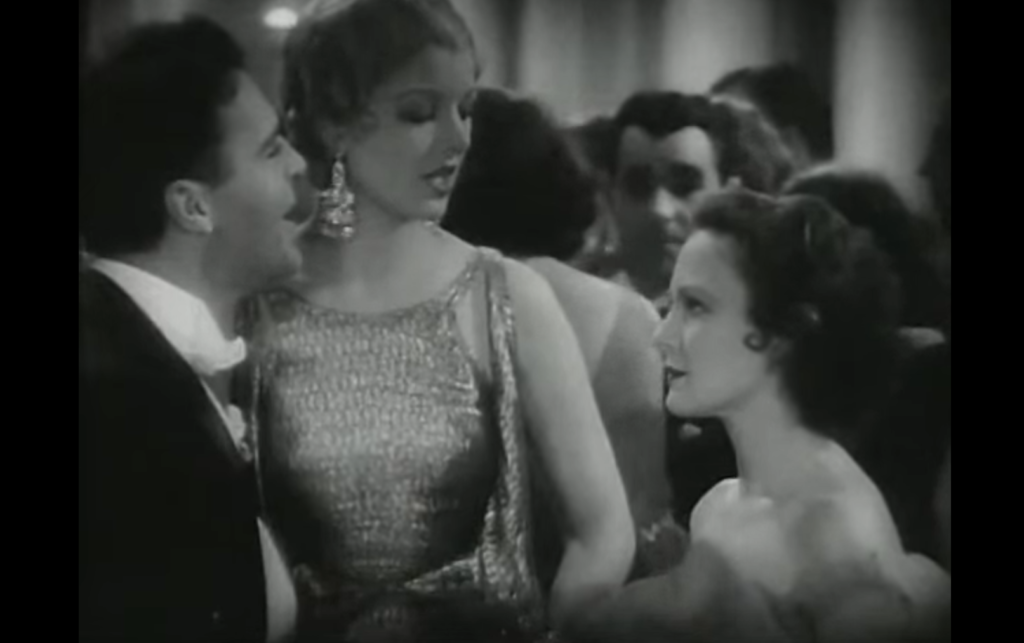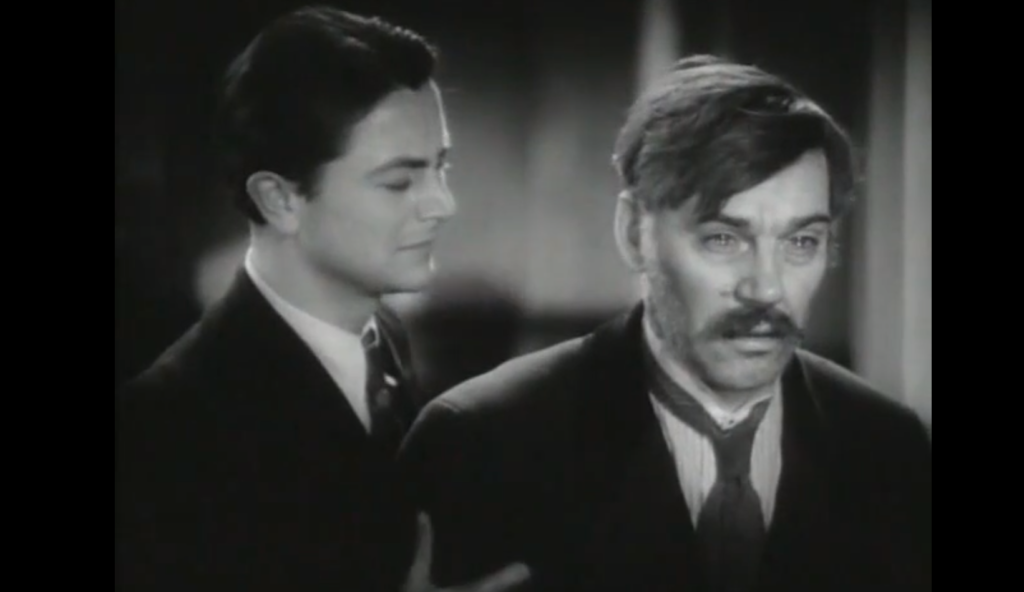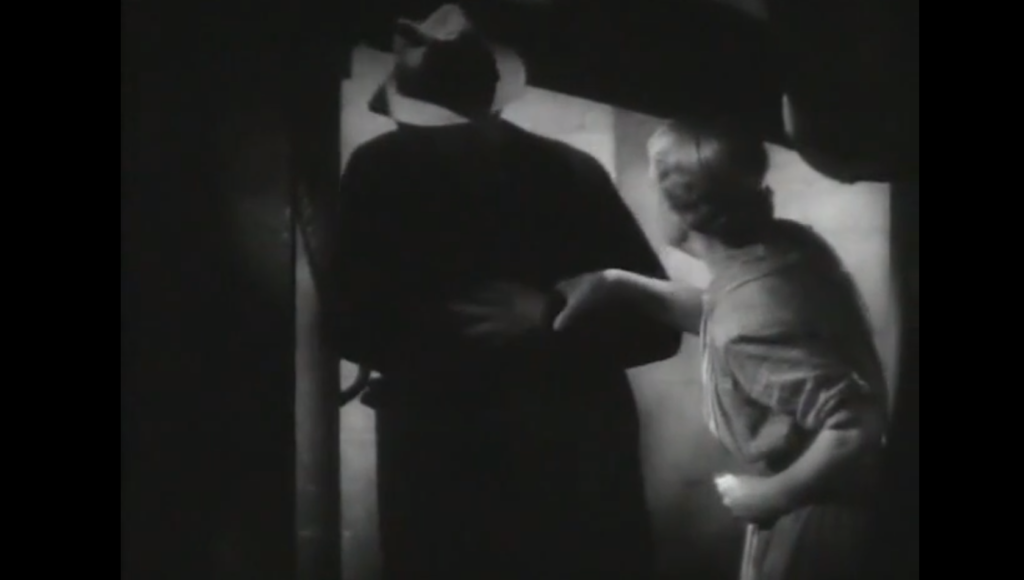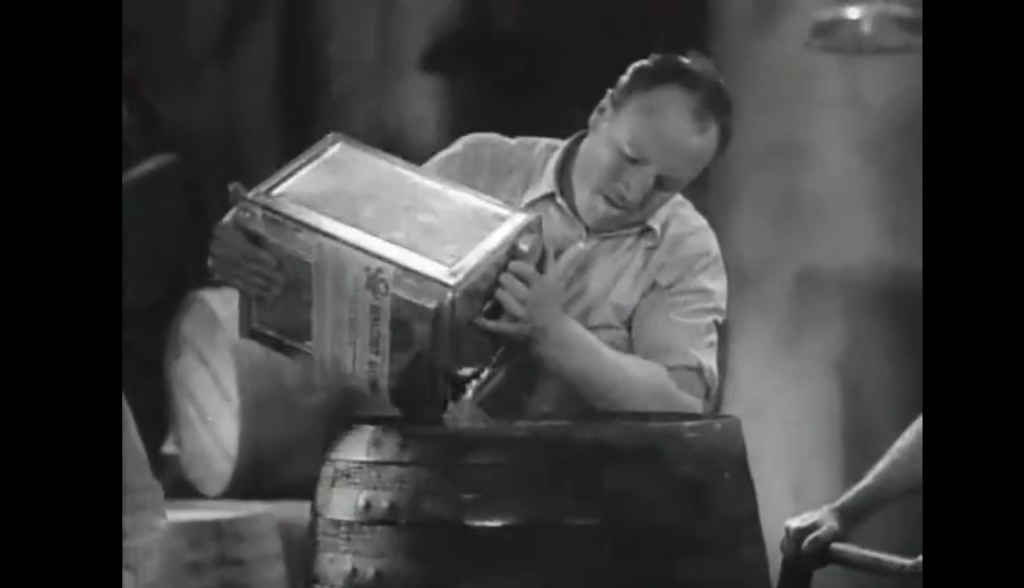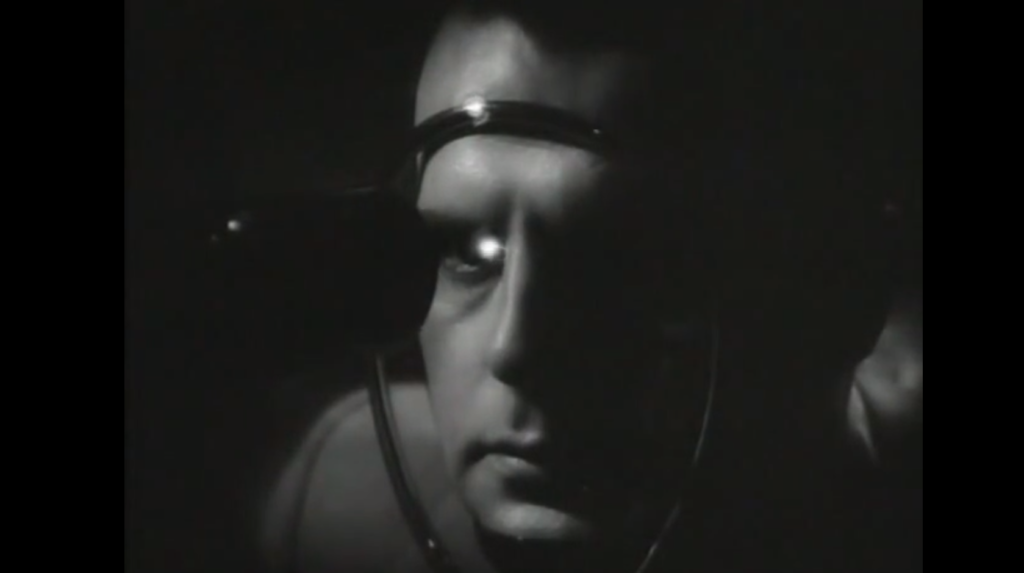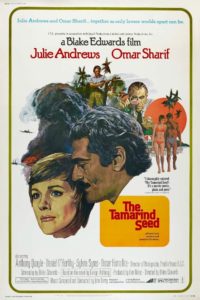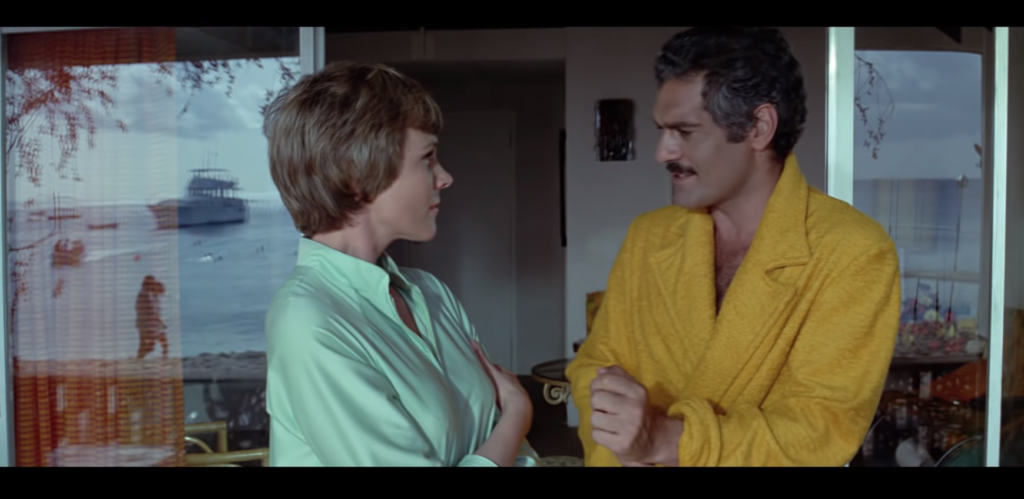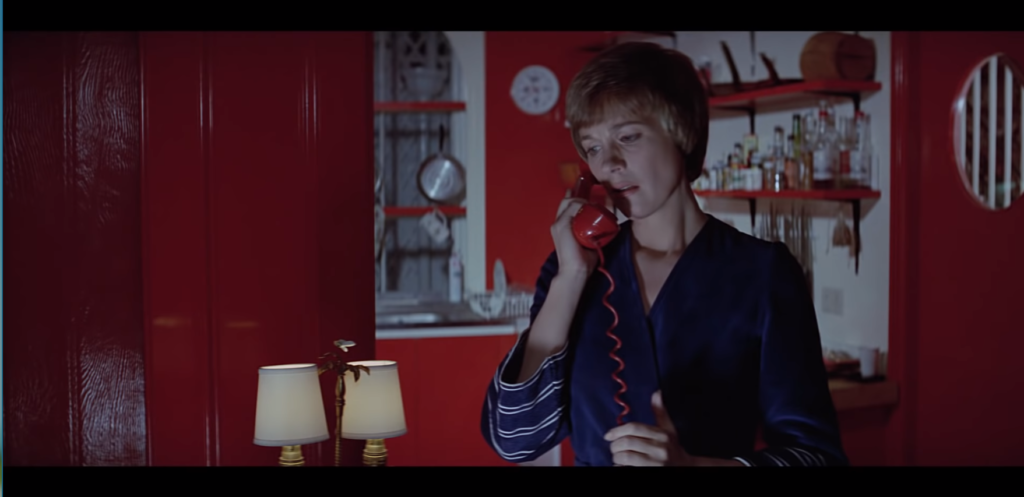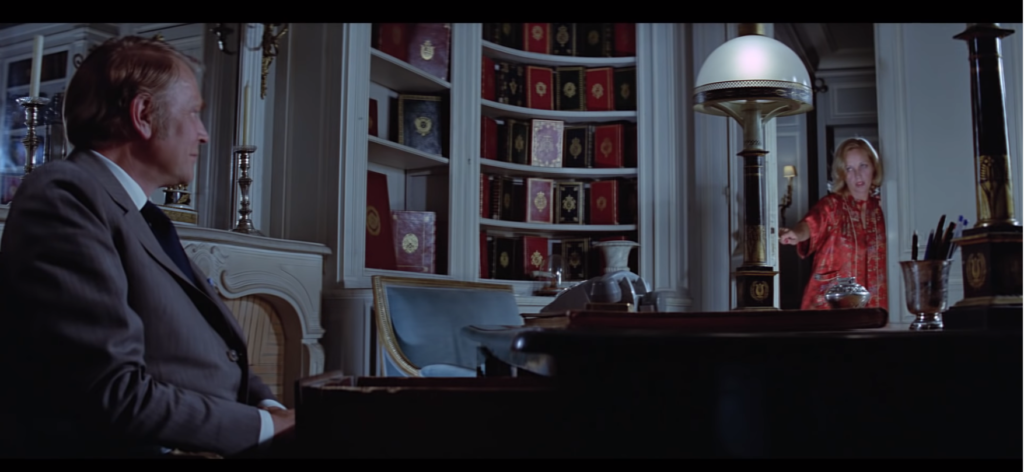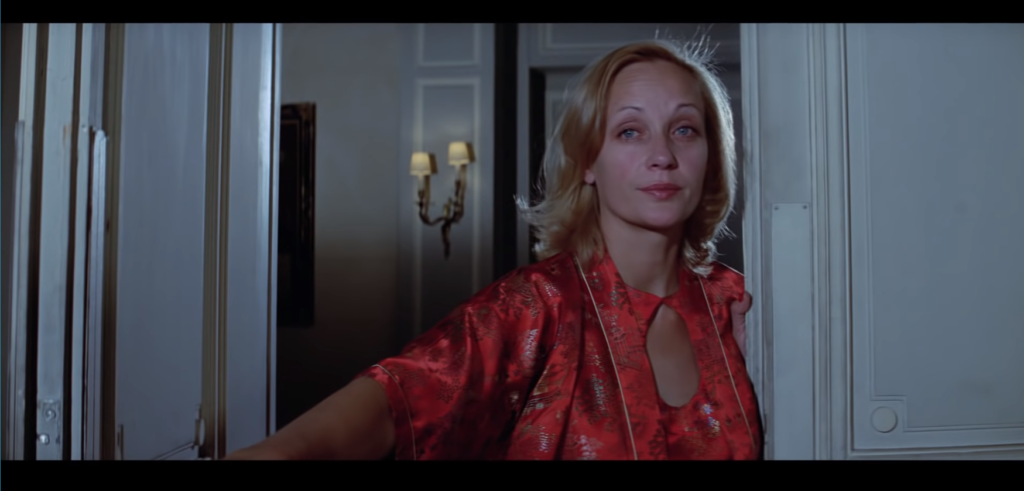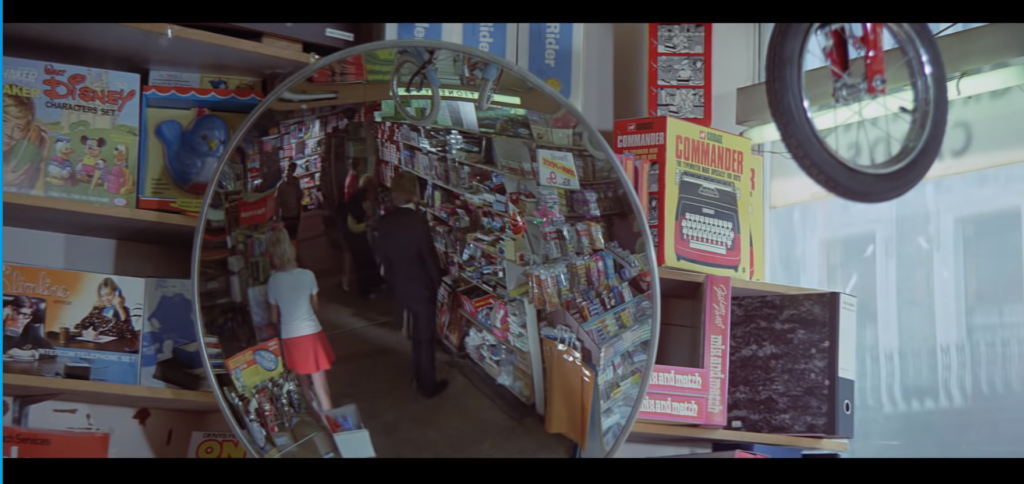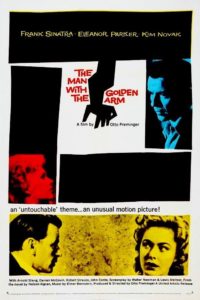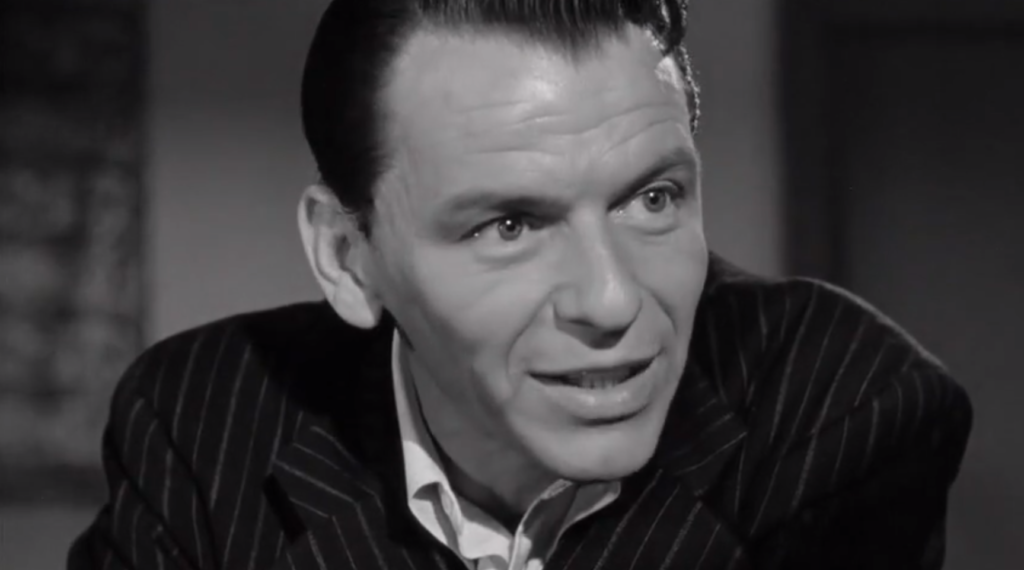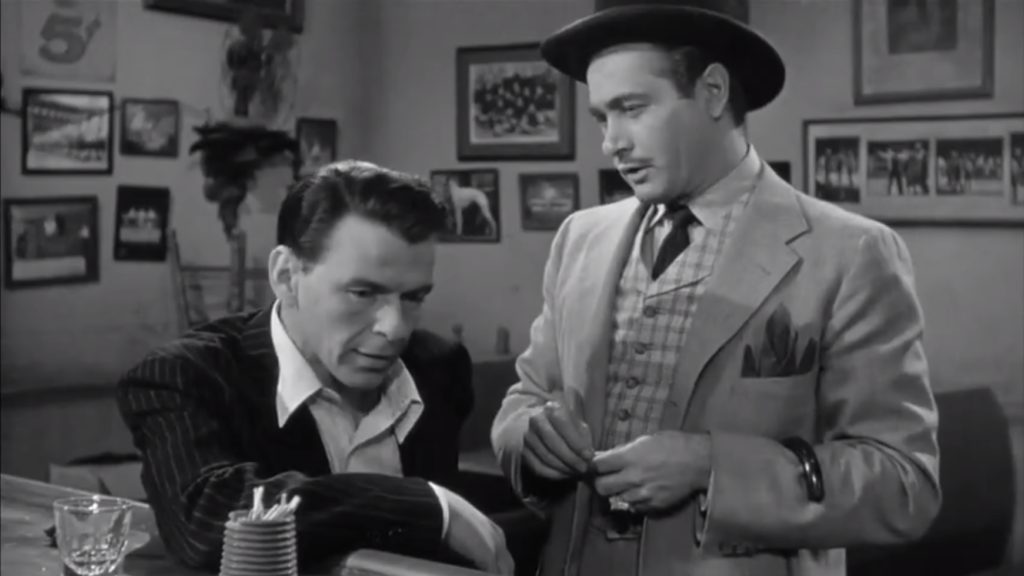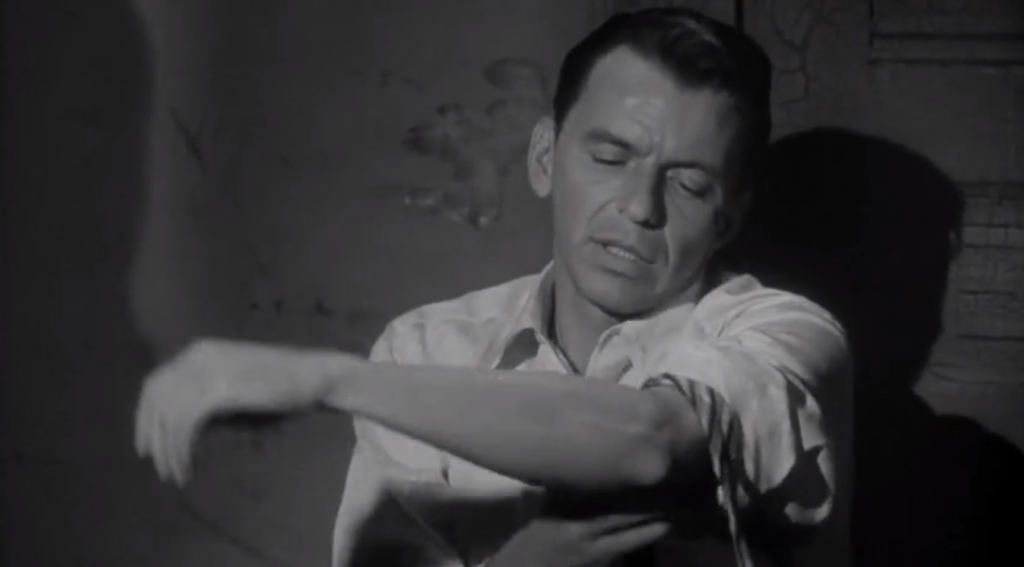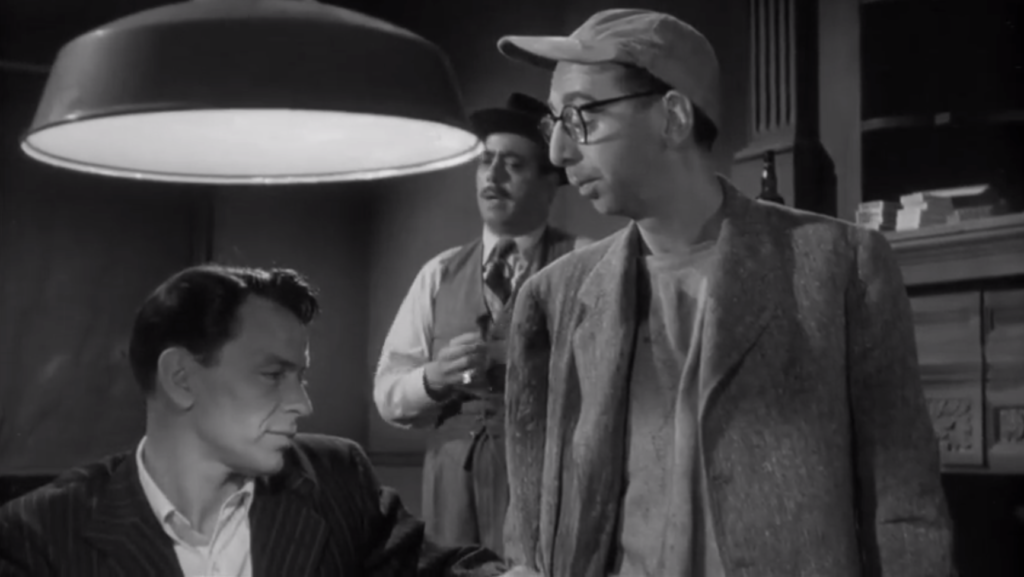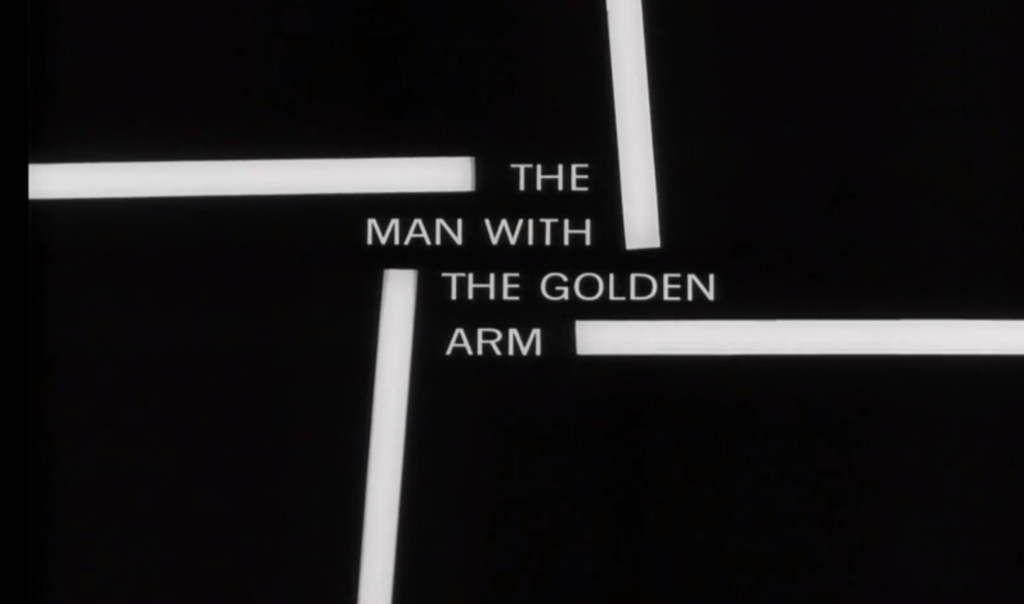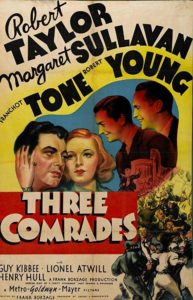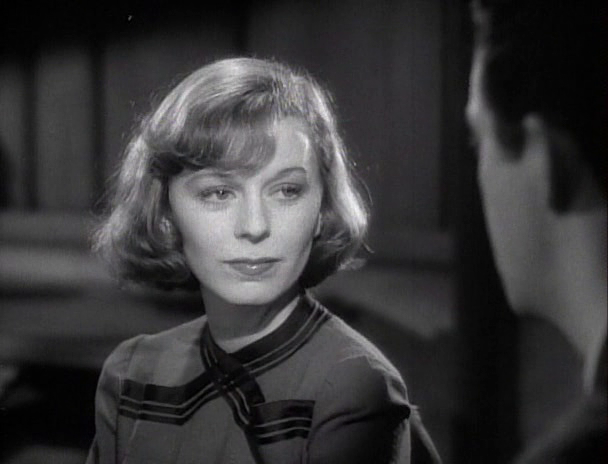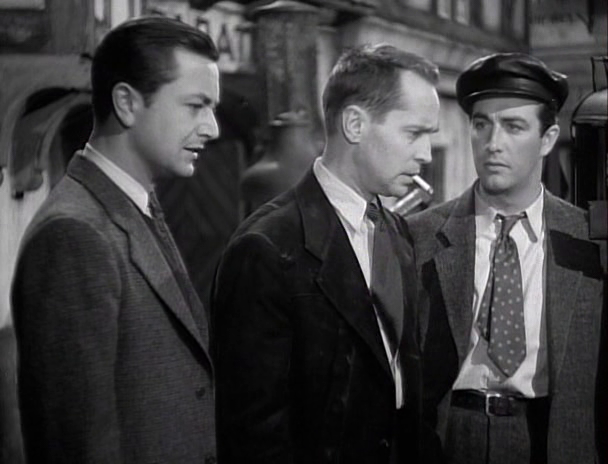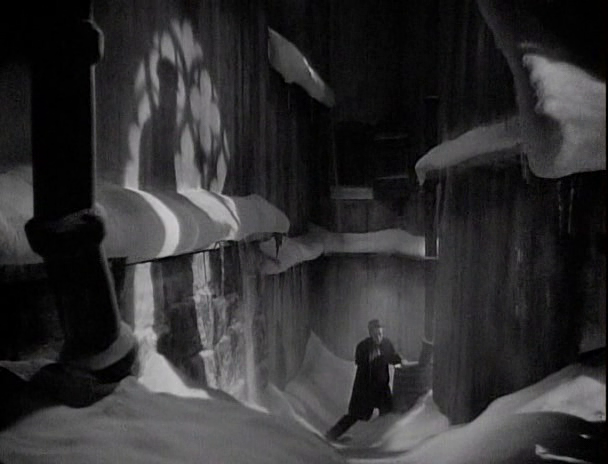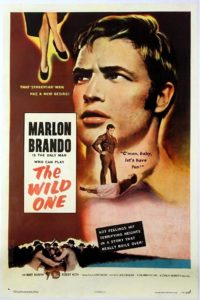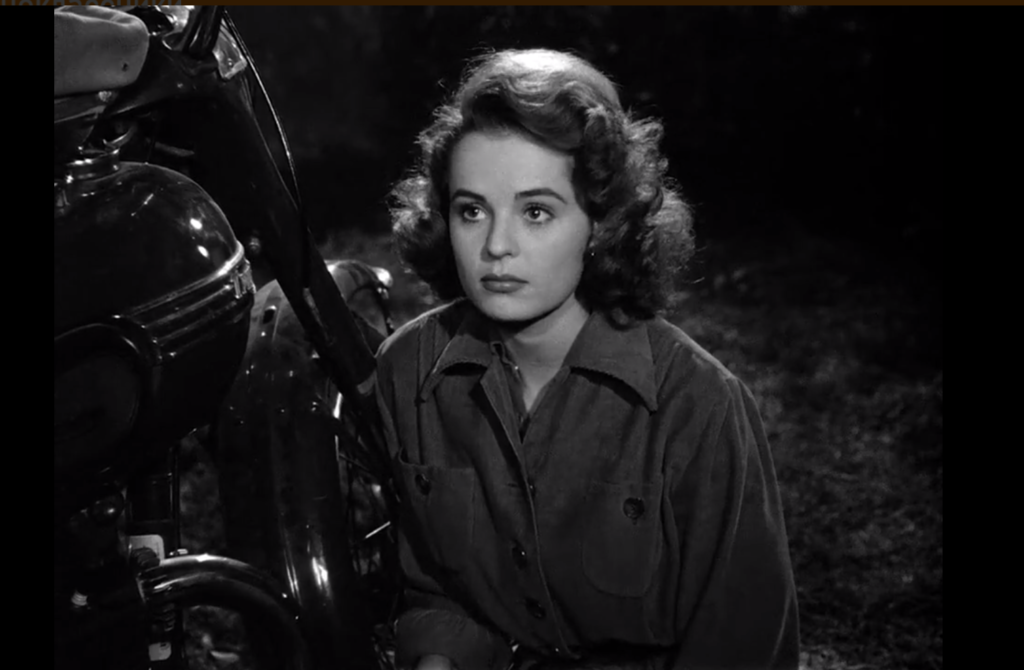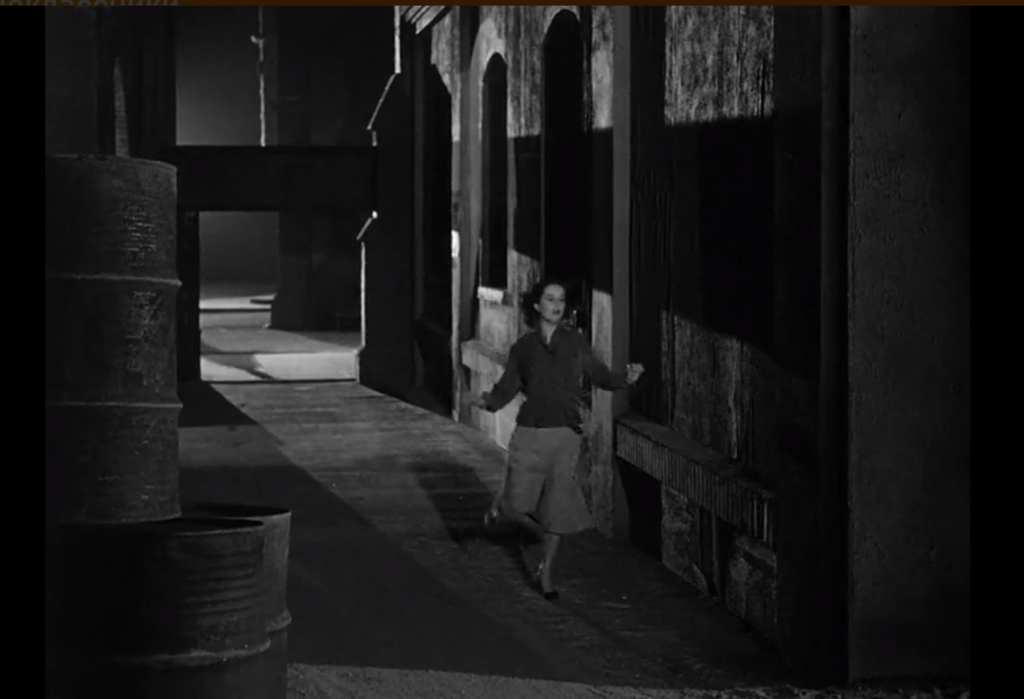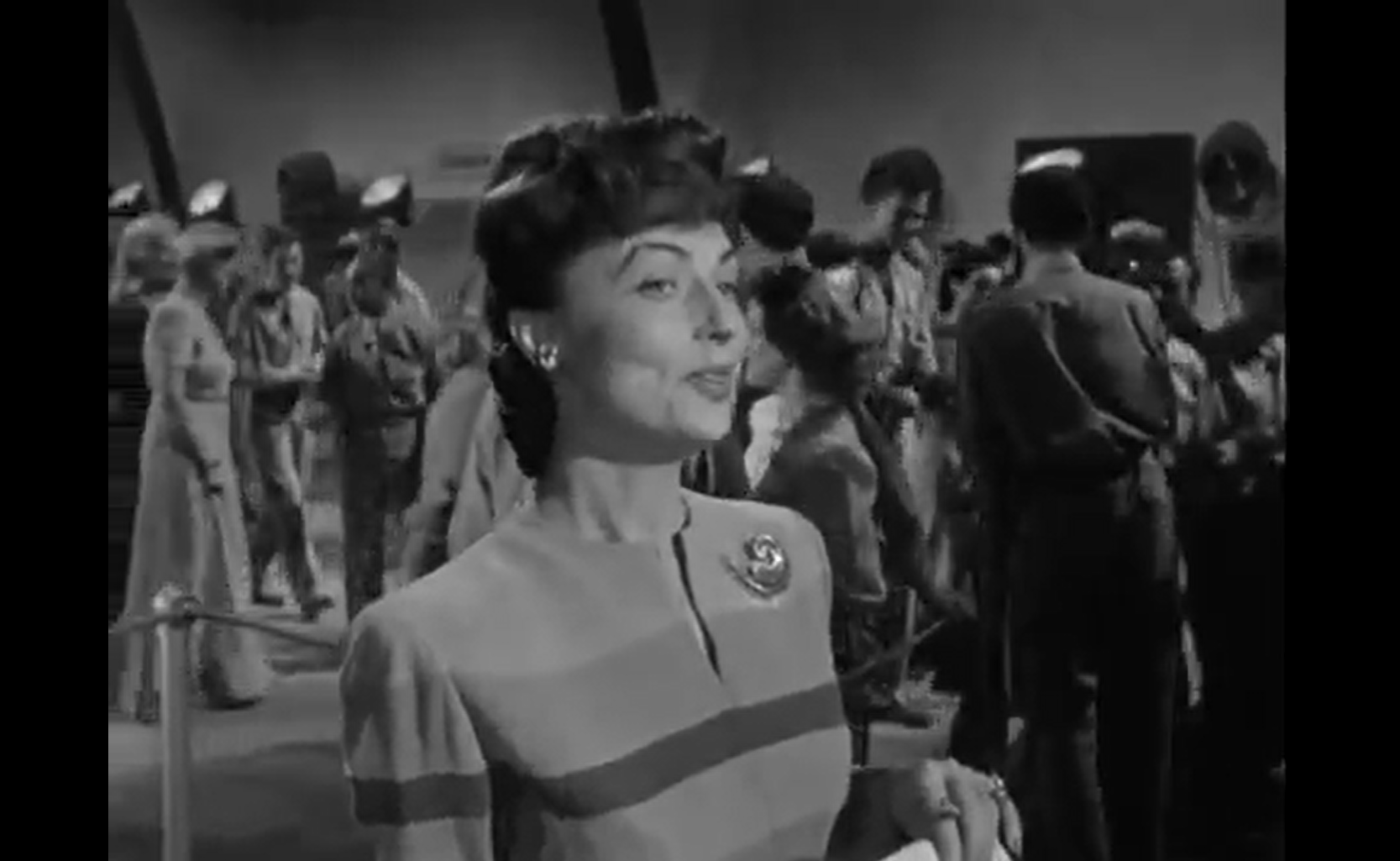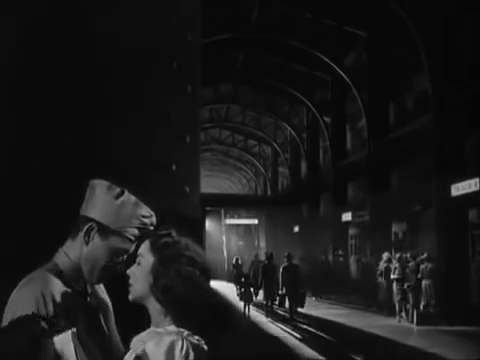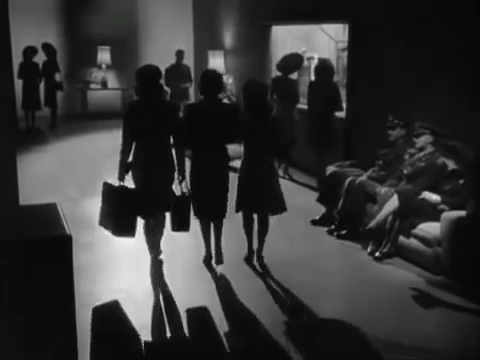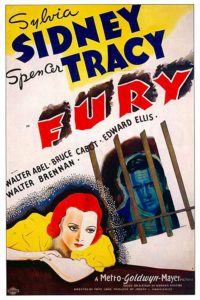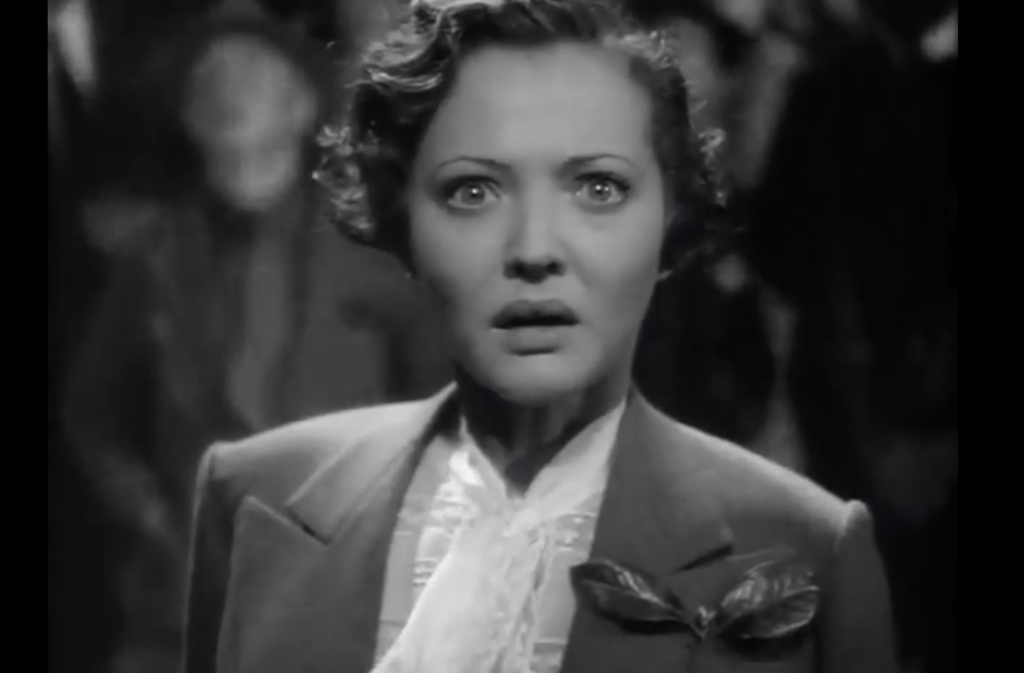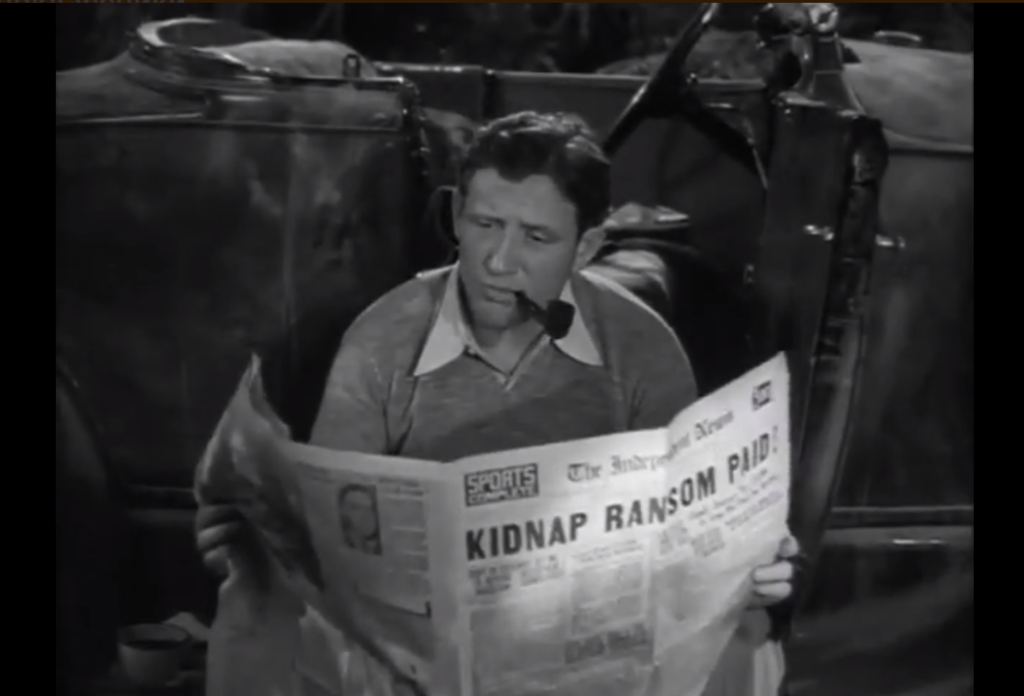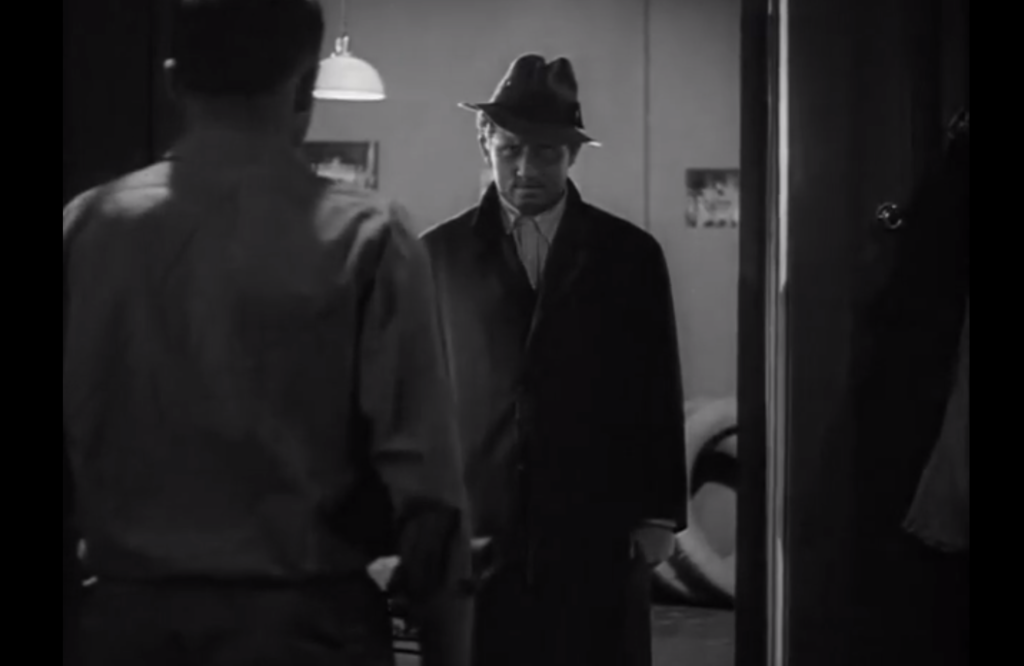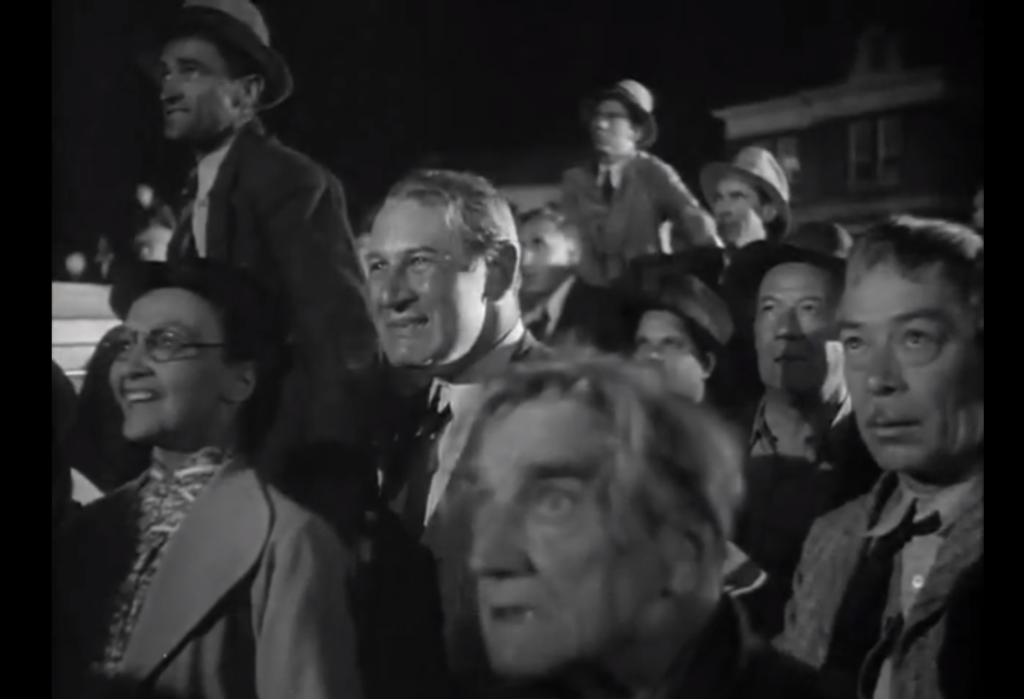|
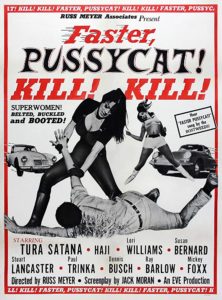
Synopsis:
When three go-go dancers — Varla (Tura Satana), Rosie (Haji), and Billie (Lori Williams) — go drag racing in the desert, Varla ends up killing the boyfriend (Ray Barlow) of a bikini-clad girl (Susan Bernard) who the group then kidnaps. They end up at the home of a reclusive, secretly wealthy sociopath in a wheelchair (Stuart Lancaster) who is cared for by his two sons: a mentally slow hunk nicknamed “The Vegetable” (Dennis Busch) and his brainier brother (Paul Trinka). Sex-obsessed Billie pursues Busch, while Varla attempts to bed Trinka in order to learn where Lancaster’s money is hidden, and Bernard tries to escape.
|
|
Genres:
- Kidnapping
- Millionaires
- Revenge
- Russ Meyer Films
- Strong Females
Response to Peary’s Review:
Peary notes that this “impressive early Russ Meyer film” — notable as “John Waters’ favorite film” — features “three independent, aggressive, voluptuous females who do as they please”, though “as role models for recently ‘liberated’ women, they are the pits.” In his synopsis, he writes that “Tura Satana is an eye-poppingly beautiful, large-chested karate expert who bosses around her two companions, sex-crazed, blonde Lori Williams and Italian Haji, who is amenable to following orders because she has strong feelings toward Santana”. He points out that the “well-made picture [is] shot almost exclusively outdoors”, that the “action scenes have zip”, and that “it’s noteworthy that women are actively involved in them” — especially given the presence of “hand-to-hand combat with men”. Peary is more critical of the film in Cult Movies 3 (1988), where he attributes Meyer’s success as a director to his honest admission “that he’s a male chauvinist who’s turned on by big-breasted women and makes exploitation films because he wants to make a lot of money”. Peary asserts that he doesn’t “think Meyer’s films are important enough to get really angry about”, but he finds it annoying that Meyer “dupes” college-aged fans (as he himself once was) into thinking he’s a “maverick filmmaker”.
Peary goes on to write that this, Meyer’s tenth film, is his “least objectionable” — “so outrageous that it’s funny”, and only bordering “on being off-putting”. Given that “there are no rapes, just rape attempts” — and no resorting to “having… women’s clothes ripped off” — Peary “can accept Meyer stuffing his four female leads… into skimpy costumes and shooting them at every possible compromising angle so that their enormous chests seem to jump toward our eyes”. He appreciates “some quirky and amusing touches” in the film (including the “swingin’ lingo” employed by the girls), noting that the deaths “are all boldly directed and have strong impact” and that “all the action sequences have pizzazz”. Peary is pretty accurate in his fair but critical assessment of this cult feature, which surely should be seen once by all film fanatics simply given its utterly unique stars (Satana particularly), its unforgettable title, and its striking imagery — but a return visit isn’t necessarily necessary.
Redeeming Qualities and Moments:
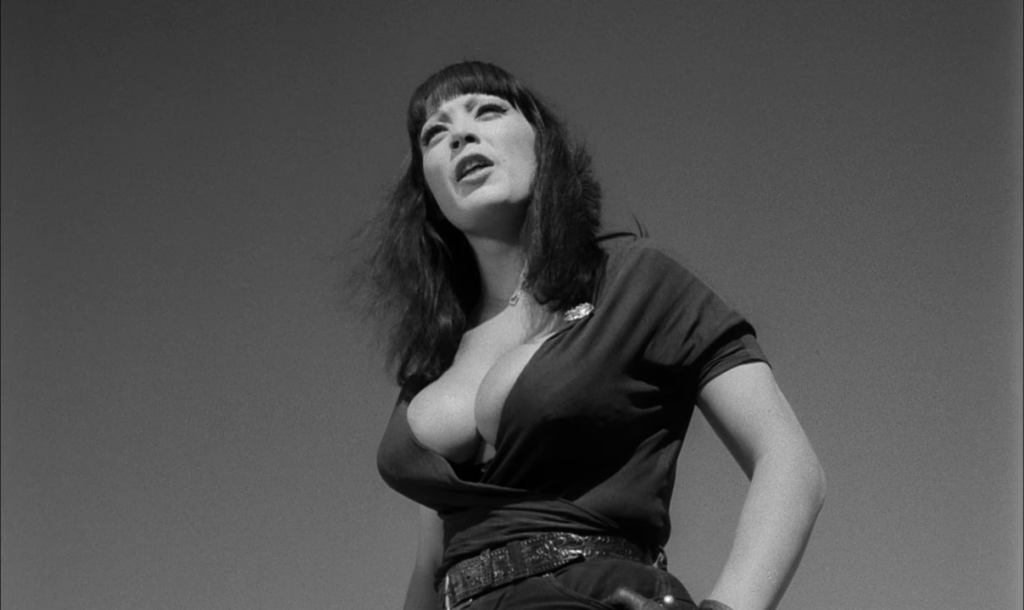
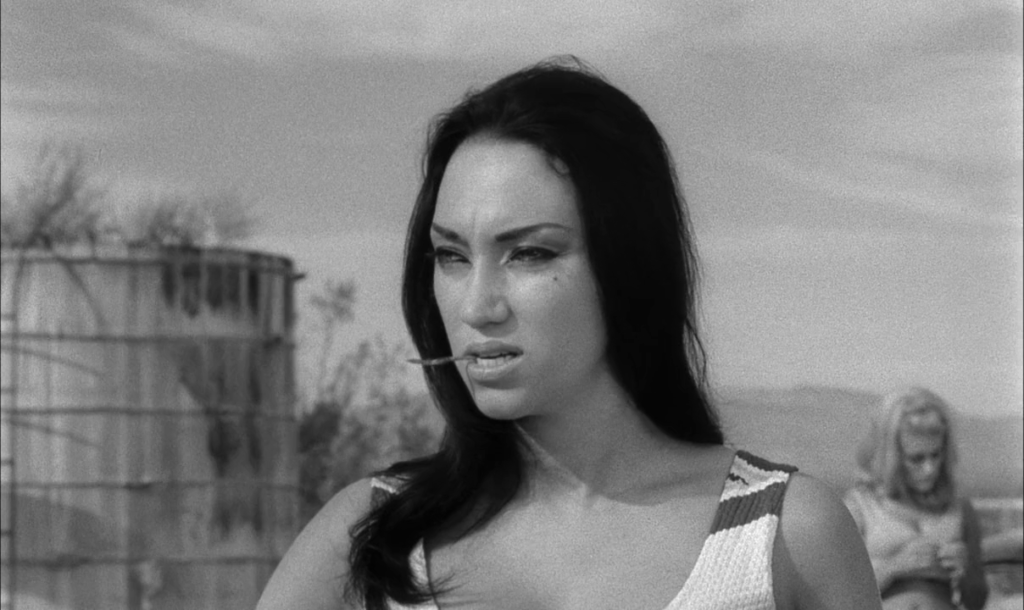
- Strong direction and editing by Meyer
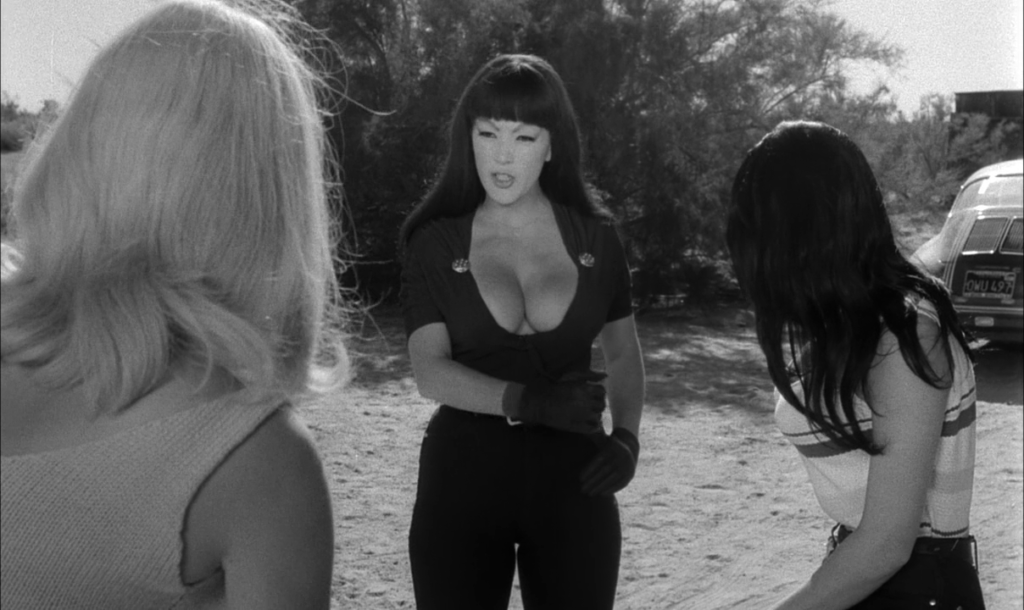
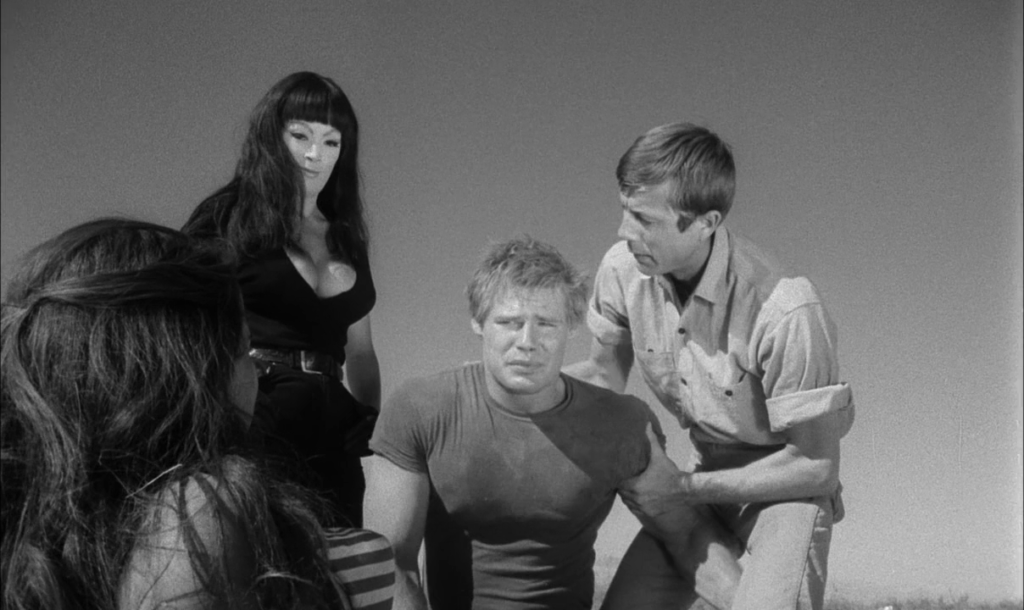
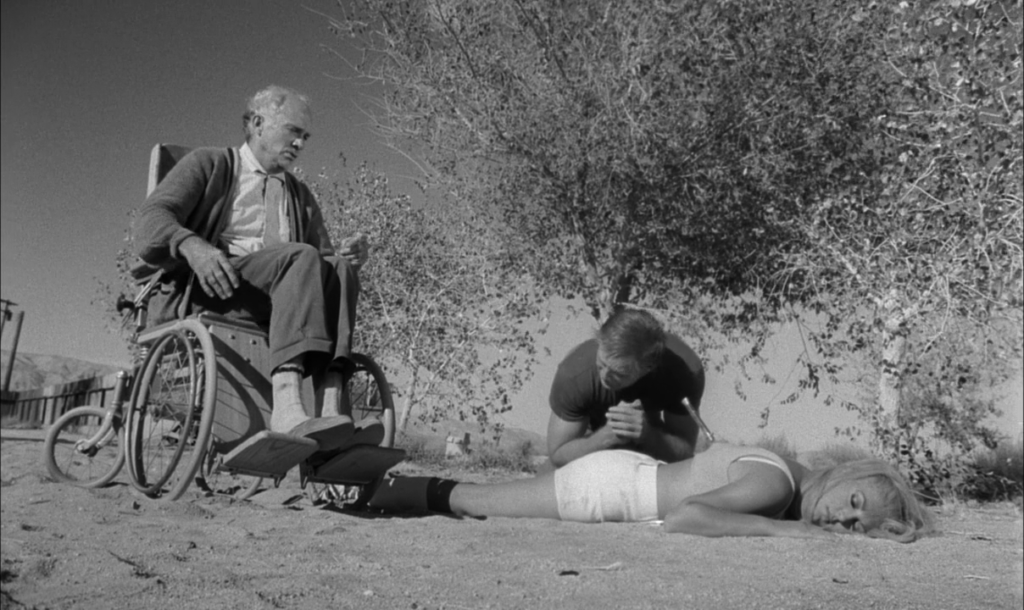
- Walter Schenk’s b&w cinematography
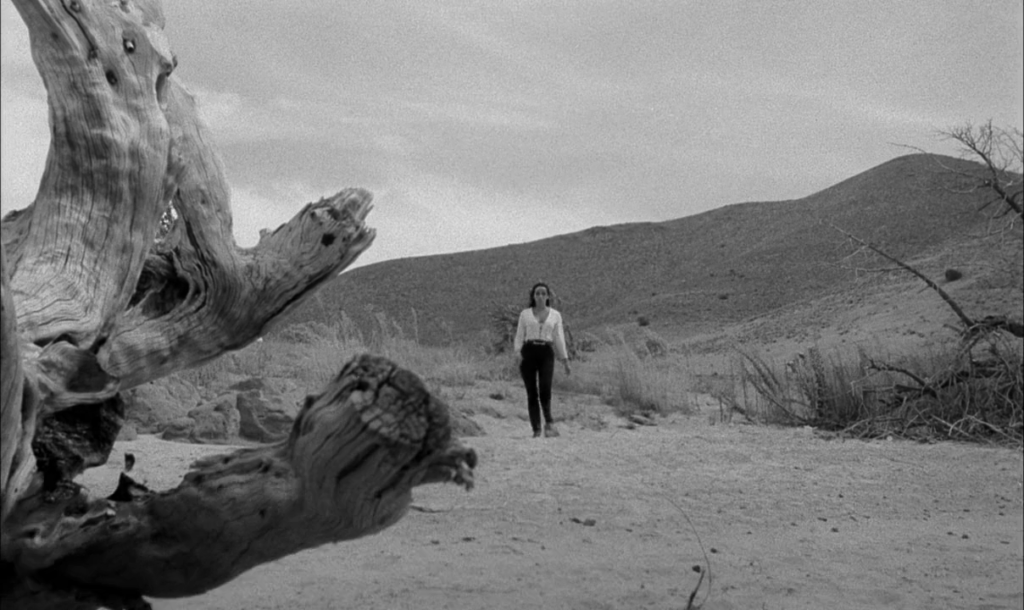
Must See?
Yes, of course, as a long-time cult favorite.
Categories
(Listed in 1001 Movies You Must See Before You Die)
Links:
|
